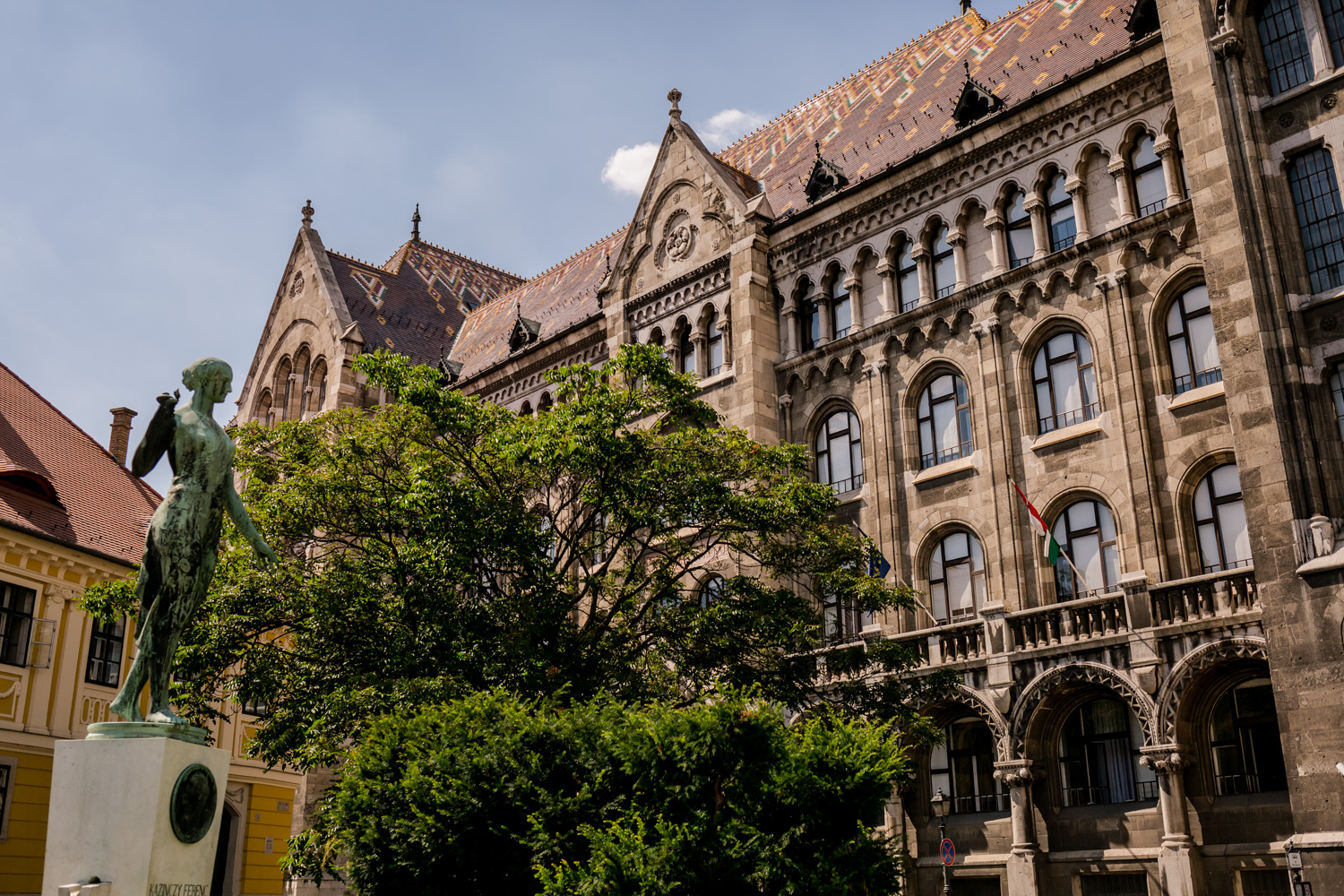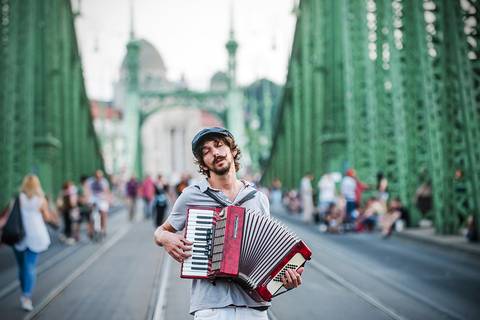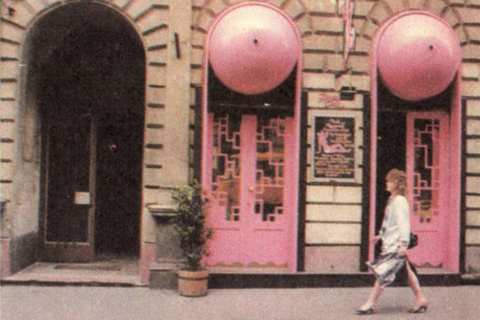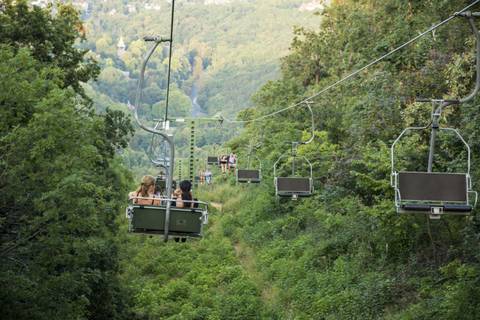If you’re waiting for the metro replacement bus on Nagyvárad tér or just passing by on Üllői út, you’ll notice a red-brick building on the corner, topped by pointed towers and the fearsome eagles. This Gothic vision stands out from the rest of the street. But did you know that its designer is the same man behind the Great Market Hall on Fővám tér, the National Archives and the tiled library of the Technical University, the Hungarian master of Neo-Gothicism, Samu Pecz?
Whatever the contemporary trends, architects such as Imre Steindl, Alajos Hauszmann and Miklós Ybl created the Budapest we know it today. Another was Samu Pecz.
His
buildings create a completely different atmosphere to the ornate
palaces designed by Ybl or the monumental public institutions of
Hauszmann. Pecz did not revive Renaissance or Baroque features, but
the Romanesque and Gothic styles of the Middle Ages.
Spikes, vaults,
bastion-like walls and castlesque buildings still preserve the
imprint of Pecz’s hand. Along with Historicism, the frequent use of
bare red brick and Zsolnay ceramics – more associated with Art
Nouveau – typify his work.
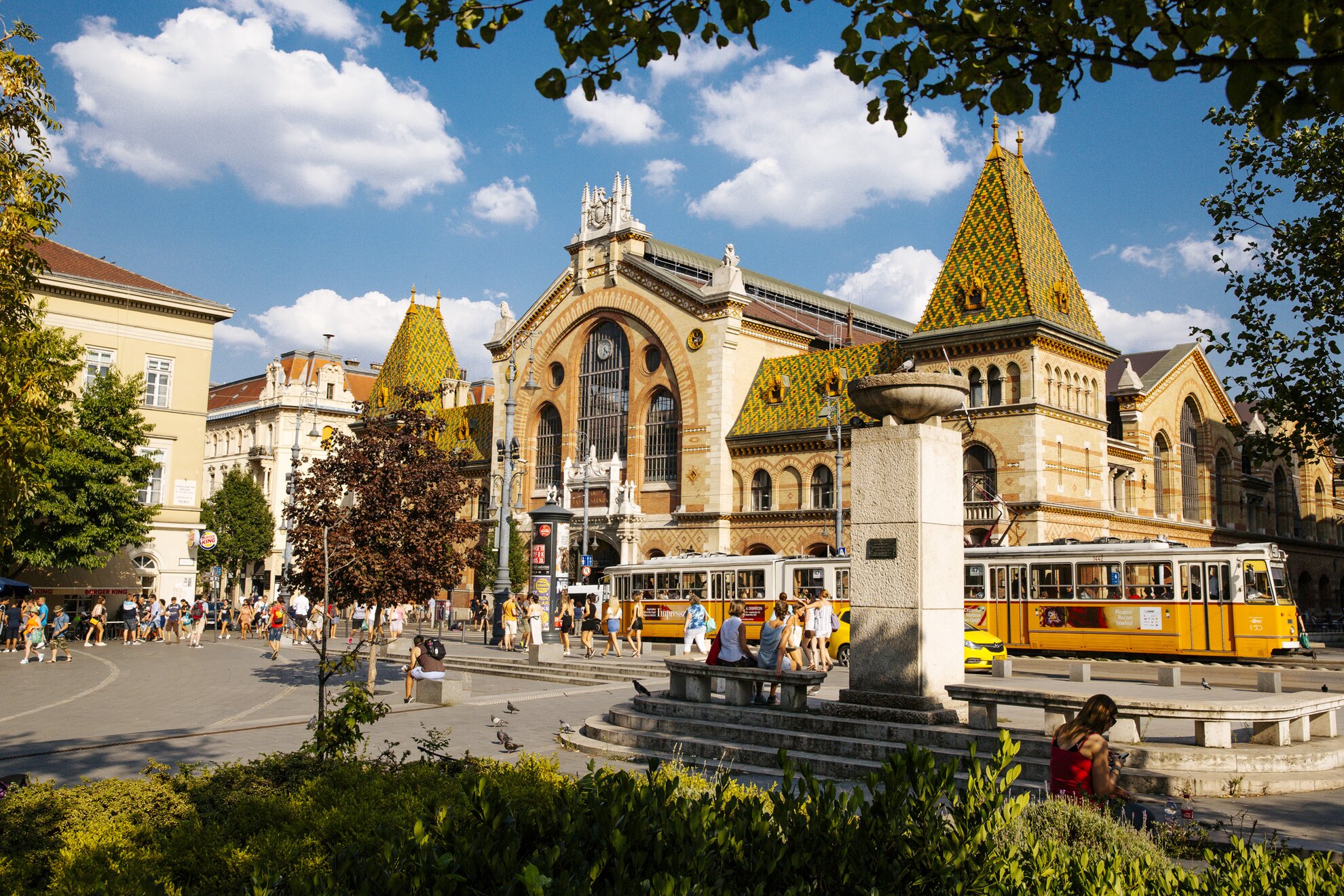
Samu
Pecz, architect of many Reformed and Lutheran churches, was a
Hungarian architectural pioneer. As architectural training at the
József Nádor Technical University (today’s Budapest Technical University, BME) was still
relatively rudimentary at that time, he deepened his knowledge at
foreign universities and study trips, at the Technical University of Stuttgart and the Vienna Academy of
Fine Arts.
At
the latter, he won one of the highest award for an architecture
student, and was also the first president of a student association
named after one of his masters, Theophil Hansen.
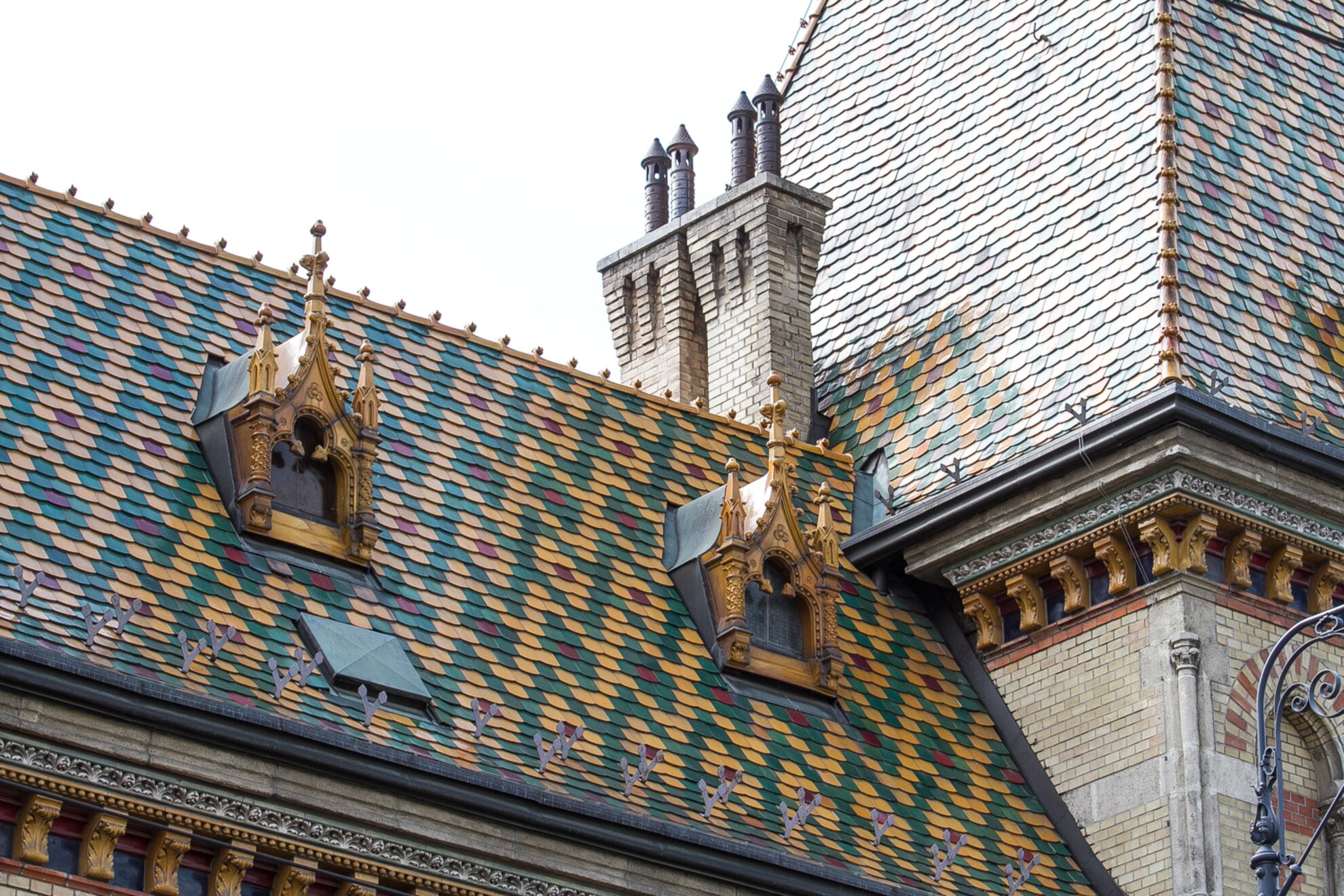
The reason why he turned more towards the Gothic, rather than towards the Renaissance typical of his contemporaries, can be found somewhere during the period he spent with Frigyes Schulek, with whom he also collaborated closely on Matthias Church.
But his work was also influenced by Alajos Hauszmann: he was a young architect in his office, and years later they jointly designed the buildings of the Technical University, where his task was to design the library building.
Pecz also helped train young people, at the Department of Medieval Studies and Medieval Architecture, where he was a teacher from 1888 onwards. He also wrote a number of dissertations and studies that focused on ecclesiastical architecture: Greek Doric sanctuaries, early Christian and Protestant churches.
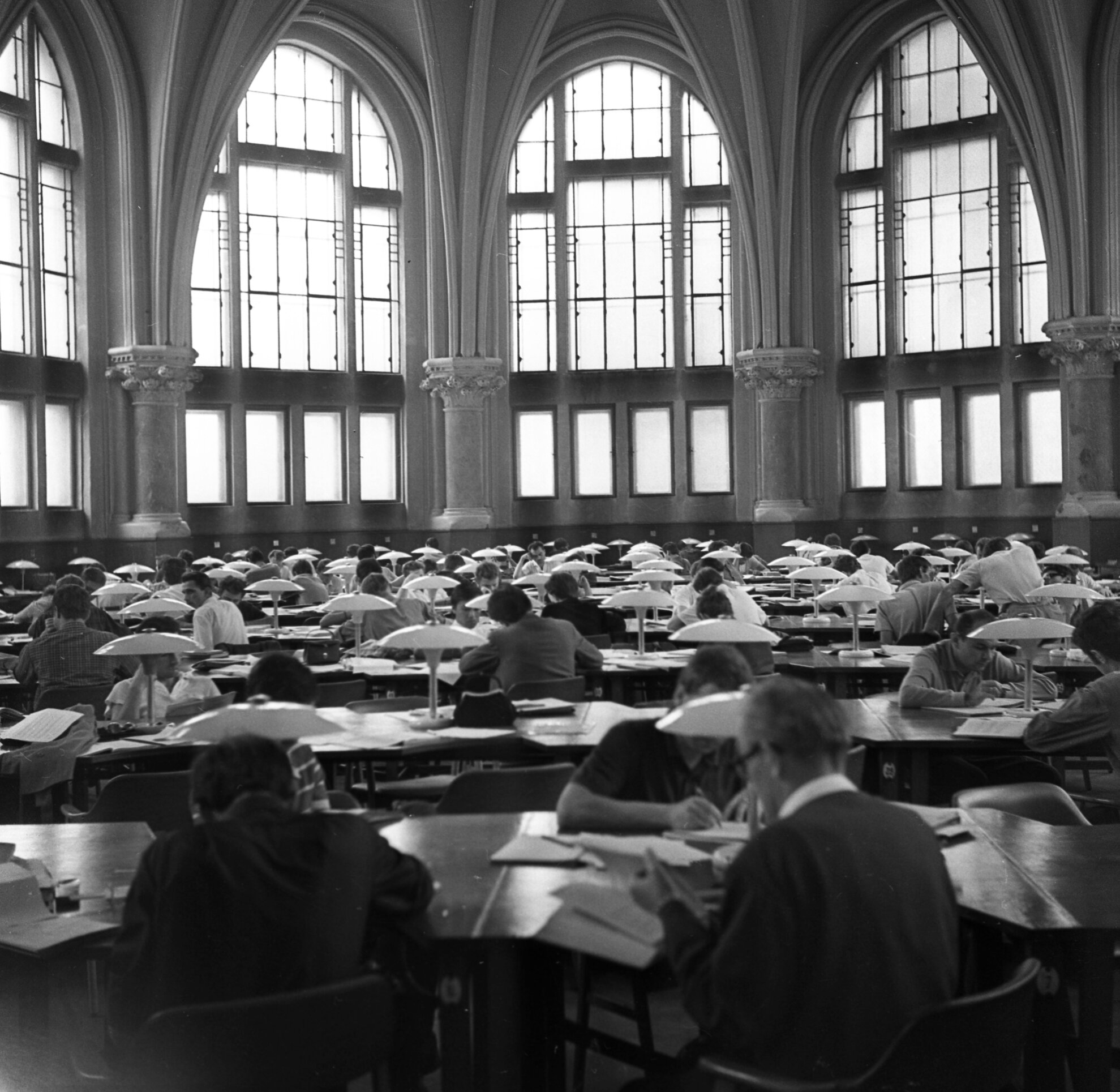
Professor Pecz
“His peers loved him, his students too, a strict, unforgiving yet popular professor, thanks in all respects to his sense of fairness to every student and to the great knowledge he imparted in his lectures. Favouritism or apologies were not in his nature, and he always examined with diligence,” obituary by Béla Rerrich, Hungarian Association of Engineers and Architects (1922).
Among the ELTE university buildings on Múzeum körút, Gólyavár (‘ Stork Castle’) has always stood out – what on earth is a tower-like building doing on a campus? In fact, it was a sanctuary for engineering students, mostly freshmen – ‘storks’ in Hungarian – with a capacity of up to 540 students, and the building, unveiled in 1898, was for a long time the best-performing in Hungary.
In similar vein to his approach to tuition, he always started his work with study trips and intense preparation. After winning an international tender for the design of the Great Market Hall, he undertook extensive research. He studied similar halls in Dresden, Berlin and Leipzig, made drawings and photographs, and observed form, style, structure, technology and use of material, in addition to function.
Of course, this attentive trait did not only apply itself to the forerunners of the market hall, as he incorporated current trends and innovations into his other buildings, as he did for his last work, the National Archives. For the first time, a reinforced concrete structure was used in this building, which can withstand the weight of the documents due to its huge load-bearing capacity.
For him, function, cost-effectiveness, the right structure and the use of durable materials meant much more than cultivating short-lived, self-serving architecture – which is why his buildings are still defining elements in Budapest today.
